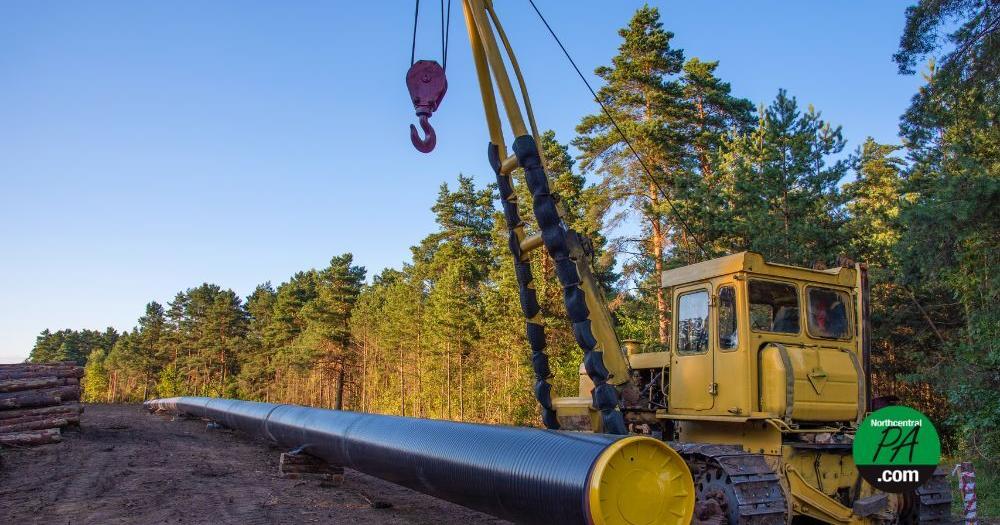A new analysis shows that key economic indicators are falling in gas-producing counties of Ohio, Pennsylvania, and West Virginia, despite years of shale drilling.
This region spans 30 counties in the Ohio River Valley and northeastern Pennsylvania, and produces 95% of Appalachian natural gas. Sean O’Leary, senior researcher at the Ohio River Valley Institute called the region “Frackalachia,” noting that the economic benefits promised in the natural-gas boom never materialized. Jobs, incomes, and population have either fallen behind national trends or declined.
“This region, that has had better economic growth than the nation’s economy as a whole, has actually seen the number of jobs decline by more than a percent since the beginning of the natural gas boom,” he said, “and the amount of population has declined by almost 3%.”
During election season, O’Leary said, then-candidate Donald Trump and several Senate candidates regularly ran ads claiming that fracking supports “hundreds of thousands” of jobs. He noted that the oil and gas industry heavily promotes this narrative, and many lawmakers seem to believe it. But in reality, he said, the natural-gas industry employs fewer than 20,000 in Pennsylvania.
As the Trump administration pushes to expand fossil fuels over clean energy to power artificial-intelligence data centers, O’Leary said, both the power-generation sector and the data-center industry share a key trait with natural gas: They require massive capital investment but create relatively few jobs. He said this runs counter to the promises made by many politicians.
“The economic outcomes of increased development of power plants and the data centers that those power plants are going to support will, like the natural gas boom itself, have very little if any positive economic impact for the communities that host those facilities,” he said.
O’Leary said July electric bills went up because ratepayers are already covering costs for new data centers. He added that at the latest Energy and Innovation Summit at Carnegie Mellon University in Pittsburgh, President Trump touted nearly $90 billion in new energy-related investments in Pennsylvania. While that figure made news headlines, O’Leary said, the economic impact may be far smaller than it sounds.
